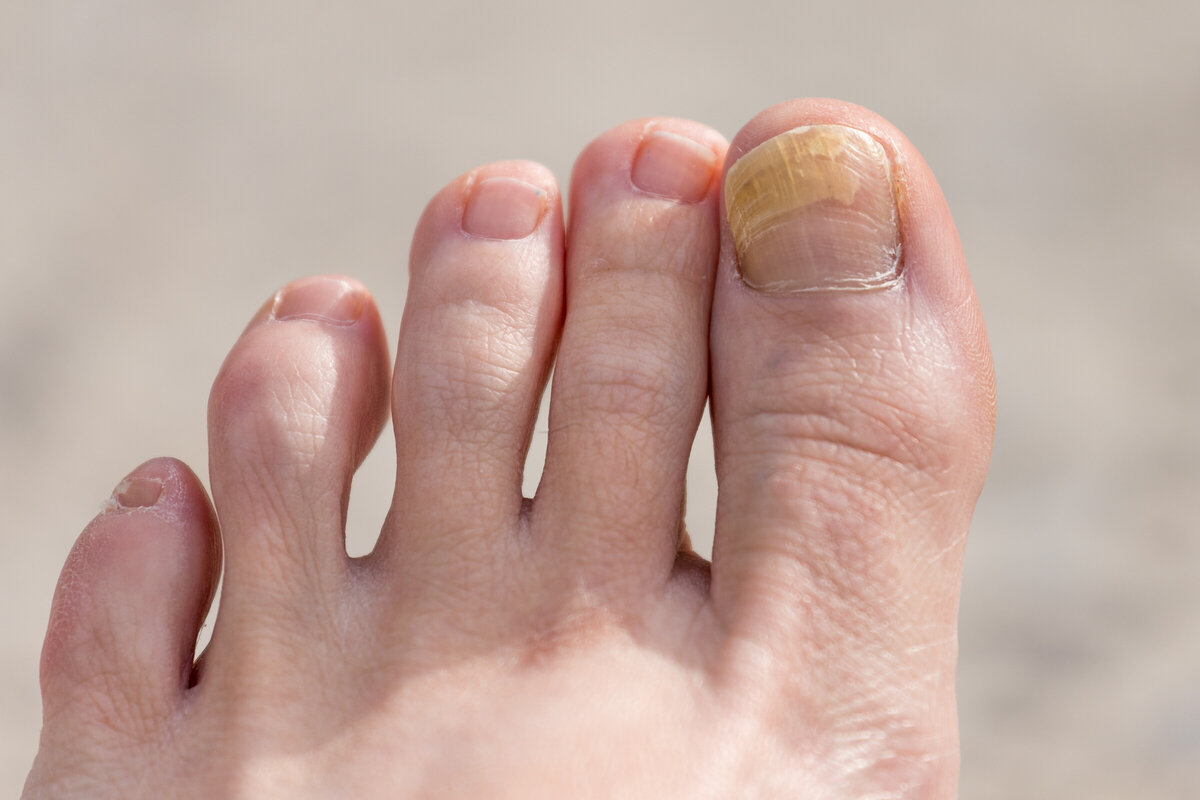
Nail fungus affects millions of people worldwide, often causing discomfort, embarrassment, and a persistent struggle to restore healthy nails. For decades, most people relied solely on topical creams or oral medications, both of which come with limitations. Creams rarely penetrate the nail plate effectively, while oral drugs may bring liver-related side effects. In recent years, however, technology has opened the door to safer, more effective options—among them, the Portable Nail Anti-fungal Laser Device, a compact medical innovation designed for at-home use.
Unlike traditional treatment methods, a portable nail laser device uses precise wavelengths of light energy to target fungal cells beneath the nail surface. This method is non-invasive, painless, and clinically supported. But how exactly does it work, and why is it becoming a preferred solution? To understand this, it helps to explore the science behind laser-based anti-fungal therapy.
Laser therapy for onychomycosis (nail fungus) is based on photothermal energy. When the laser device emits a specific wavelength—typically in the near-infrared range—it penetrates the nail plate without damaging surrounding tissue. Fungal organisms absorb this light energy more readily than human cells. As the energy builds, it creates heat within the fungal structure, destabilizing the fungal membrane and eventually destroying the pathogen.
One of the key advantages of this approach is selectivity. A portable anti-fungal laser device can be engineered to deliver energy precisely to affected areas, minimizing any sensation or discomfort. Most users only feel a mild warmth, which typically lasts a few seconds during each session.
Traditional clinic-based laser therapy requires scheduled appointments, professional fees, and access to specialized equipment. The shift toward portable home-use medical devices has democratized treatment.
A Portable Nail Anti-fungal Laser Device provides:
Daily convenience
Personal timing control
Consistent therapy, which is critical for fungal treatment
Cost savings compared to long-term clinic visits
The portability also benefits individuals who travel frequently or prefer privacy in managing cosmetic or medical concerns.
It's important to understand that laser treatment destroys fungal cells, but nail growth is naturally slow. Fingernails may take several months to grow fully; toenails take longer. Most users begin to notice healthy nail growth within 4–8 weeks, with full results appearing as the nail completely grows out.
Multiple studies have shown that infrared and near-infrared laser therapy effectively reduces fungal presence and improves nail clarity. Many podiatrists and dermatologists now consider it a reliable adjunct or alternative to medication.
A high-quality portable nail laser device uses similar wavelengths found in clinical systems, making it a practical solution for ongoing therapy at home.